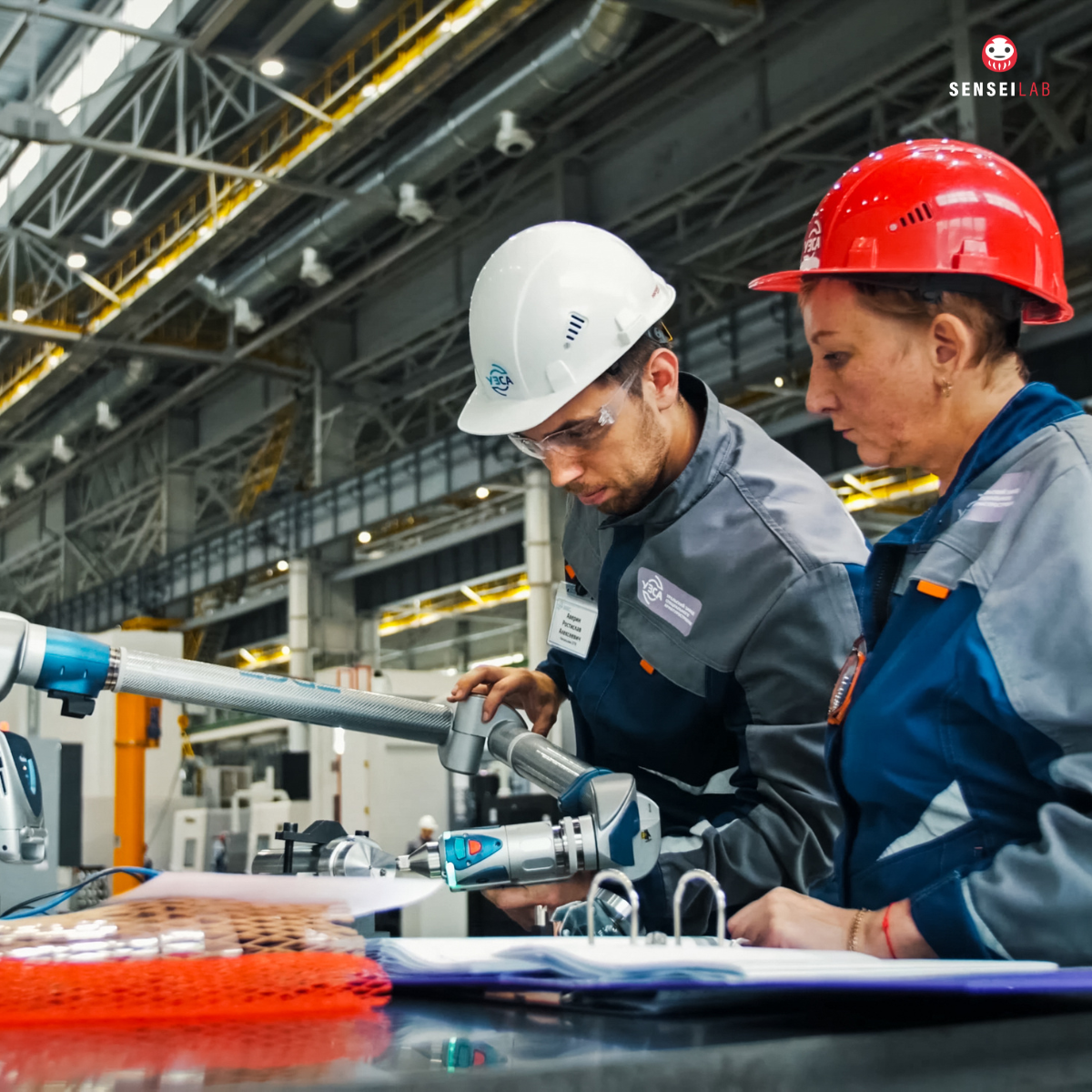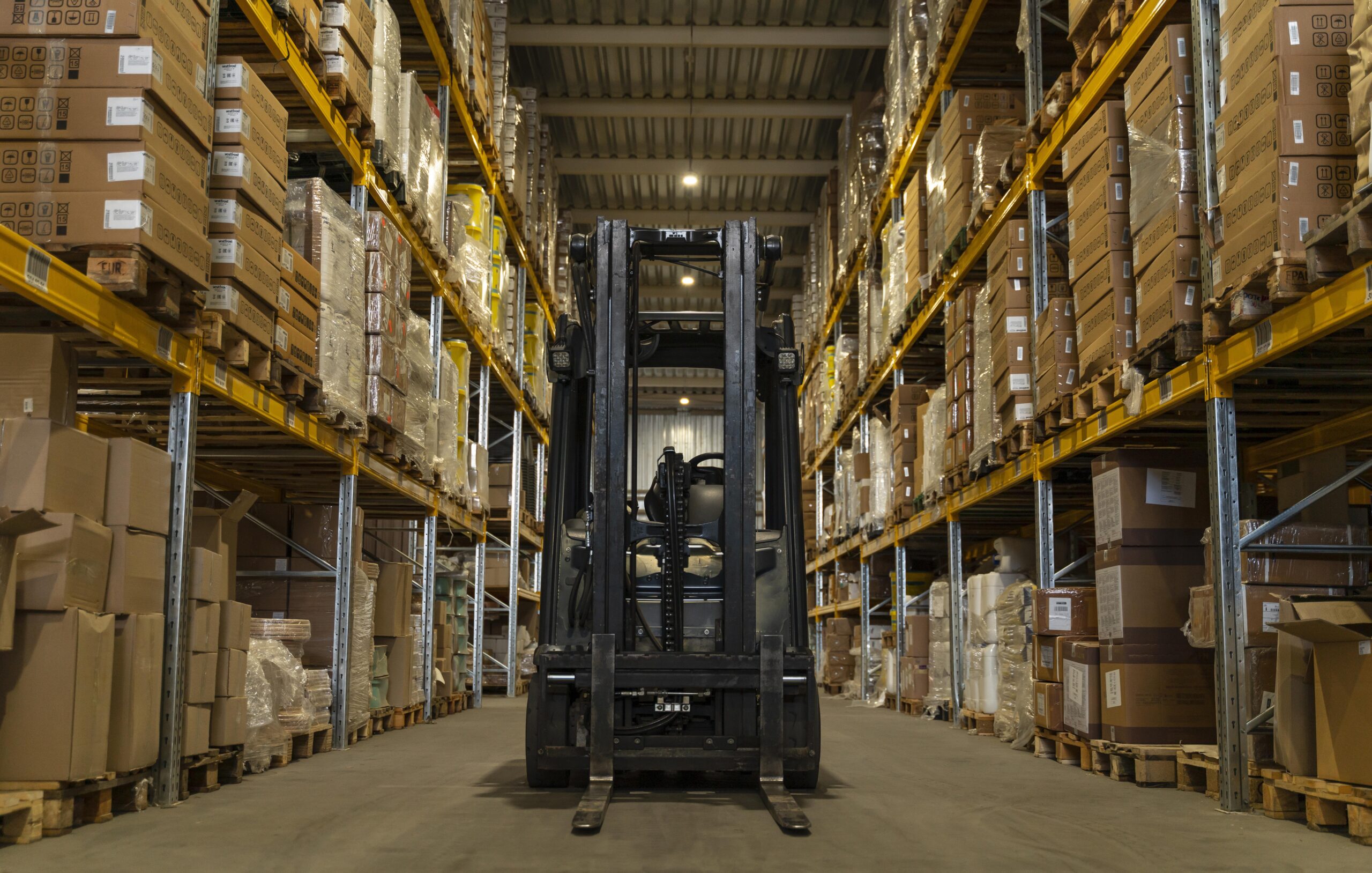The aerospace supply chain is being pushed to its limits.
If you’re managing flow, planning capacity, or simply trying to get parts where they need to be, you’re likely feeling the pressure. With thousands of global suppliers, fluctuating demand, and geopolitical tension — every link in the chain is being tested.
But this is where Lean earns its wings.
Let’s take a deeper look into what’s going wrong — and how Lean Manufacturing and Kaizen practices can be applied today to not only survive but build a more resilient operation.
🧩 1. Multi-Tiered Chaos: Too Many Links, Not Enough Flow
What’s happening?
A typical aircraft program involves over 12,000 suppliers across multiple tiers. Many Tier 1s are deeply reliant on Tier 2s and Tier 3s for specialized parts — think composite materials, machined titanium, or avionics. Yet visibility often ends at Tier 1.
This lack of visibility leads to reactive firefighting, inflated inventory, and missed delivery windows — often without knowing where the actual problem started.
The Lean Fix: Value Stream Mapping Beyond Tier 1
A true Lean transformation requires the value stream to be extended beyond your walls — even beyond your Tier 1s.
🔧 Real-world example:
At one aerospace interiors supplier I worked with, interior panel delivery was constantly delayed. The Tier 1 supplier swore it wasn’t them. After mapping the end-to-end value stream, we traced the delay to a Tier 3 plastic resin manufacturer who was batching production irregularly due to changeover costs.
The solution?
- A Supermarket pull system was established at Tier 2 to buffer variability.
- SMED (Single-Minute Exchange of Dies) was implemented at Tier 3, reducing changeover time from 4 hours to 50 minutes, allowing smaller batch sizes and better responsiveness.
- Lead time was reduced by 28%, and on-time delivery improved from 63% to 92% in 6 months.
Without extending the map, the root cause would never have been found.
⛔ 2. Supply Bottlenecks: When “Just in Time” Becomes “Just Too Late”
What’s happening?
Critical materials — titanium, specialty fasteners, avionics chips — are seeing long lead times due to capacity constraints and geopolitical disruption. Meanwhile, labor shortages are delaying everything from forging to final assembly.
OEMs like Airbus have publicly reduced production rates on the A350, not due to lack of demand, but because their supply base simply can’t keep up.
The Lean Fix: Demand Leveling + Buffer Strategy
Lean is not about zero inventory — it’s about strategically placed inventory.
Here’s how it can be applied:
- Use Heijunka (demand leveling) to smooth production schedules. Erratic schedules create bullwhip effects downstream.
- Introduce strategic decoupling points where buffer inventory is allowed — at high-risk parts or suppliers — but managed visually using Kanban.
- Collaborate with key suppliers to run Kaizen events focused on constraint removal (e.g., bottleneck analysis, setup time reduction, cross-training workers).
💡 Example Opportunity:
If forgings are the constraint, can you pre-forge blanks in advance? Can you cross-train workers to support heat treatment during surge weeks? Lean is about agility — not rigidity.
🔧 3. Maintenance Overload: Old Fleets, New Problems
What’s happening?
Airlines are flying older aircraft longer due to new aircraft backlogs. This drives massive demand for MRO services — but used serviceable materials (USMs) and legacy components are in short supply.
MRO shops are now functioning like emergency rooms — triaging aircraft rather than executing a stable plan.
The Lean Fix: Standard Work + Visual Management in MRO
While every repair may be unique, 80% of the work is repeatable. Standardizing that 80% gives technicians more time to focus on the exceptions.
- Use Standard Work sheets for common inspections, repairs, and teardown tasks.
- Apply Visual Management to tool areas, part availability, and job status to remove delays from poor communication.
- Implement First-In, First-Out (FIFO) lanes to prevent cherry-picking of easier tasks and keep flow steady.
💡 Example:
One regional MRO implemented visual tracking boards for each bay, showing part arrival, inspection status, and customer priority. Turnaround time dropped by 19% — with no new hires.
🌍 4. Geopolitical Shocks: The Hidden Waste of Uncertainty
What’s happening?
Tariffs, sanctions, and sudden regulation changes are forcing rapid pivots in sourcing strategies. Reshoring and near-shoring are trending, but come with startup inefficiencies and quality challenges.
The Lean Fix: Supplier Development through Gemba Walks and Coaching
Instead of switching suppliers, many Tier 1s are finding more success by coaching their existing supply base to become Lean-capable.
- Conduct joint Gemba Walks with critical suppliers. Understand their pain points firsthand.
- Share problem-solving tools like 5 Whys and PDCA. Create joint A3s to tackle shared disruptions.
- Build Visual Dashboards to track lead times, first-pass yield, and delivery accuracy across supplier tiers.
This turns sourcing from a transactional relationship into a collaborative one — and that builds resilience.
🤖 5. Tech Solutions Without Process Discipline
What’s happening?
Digital tools — from AI forecasting to IoT sensor-based inventory — are being introduced. But in many cases, they’re being laid over unstable processes, creating digital noise instead of clarity.
The Lean Fix: Stabilize First, Then Digitize
Lean teaches us to make the abnormal visible — then correct it at the root. If you automate a broken process, you just get faster waste.
Start here:
- Use Andon systems to surface problems in real-time — even digitally.
- Make every digital metric traceable to a process behavior — not just a KPI.
- Apply standard work to digital data entry and interpretation, especially in inventory management.
Only when processes are stable and capable should automation be layered in.
✅ Wrapping Up: Lean is More Relevant Than Ever
Aerospace supply chains won’t become less complex. But they can become more capable.
With Lean and Kaizen, we’re not chasing perfection — we’re building a system that gets a little better every day.
And when that mindset is shared across tiers, borders, and functions, real transformation begins.
✈️ If you’ve tackled a supply chain bottleneck using Lean or Kaizen, I’d love to hear your story in the comments. We learn faster together.




